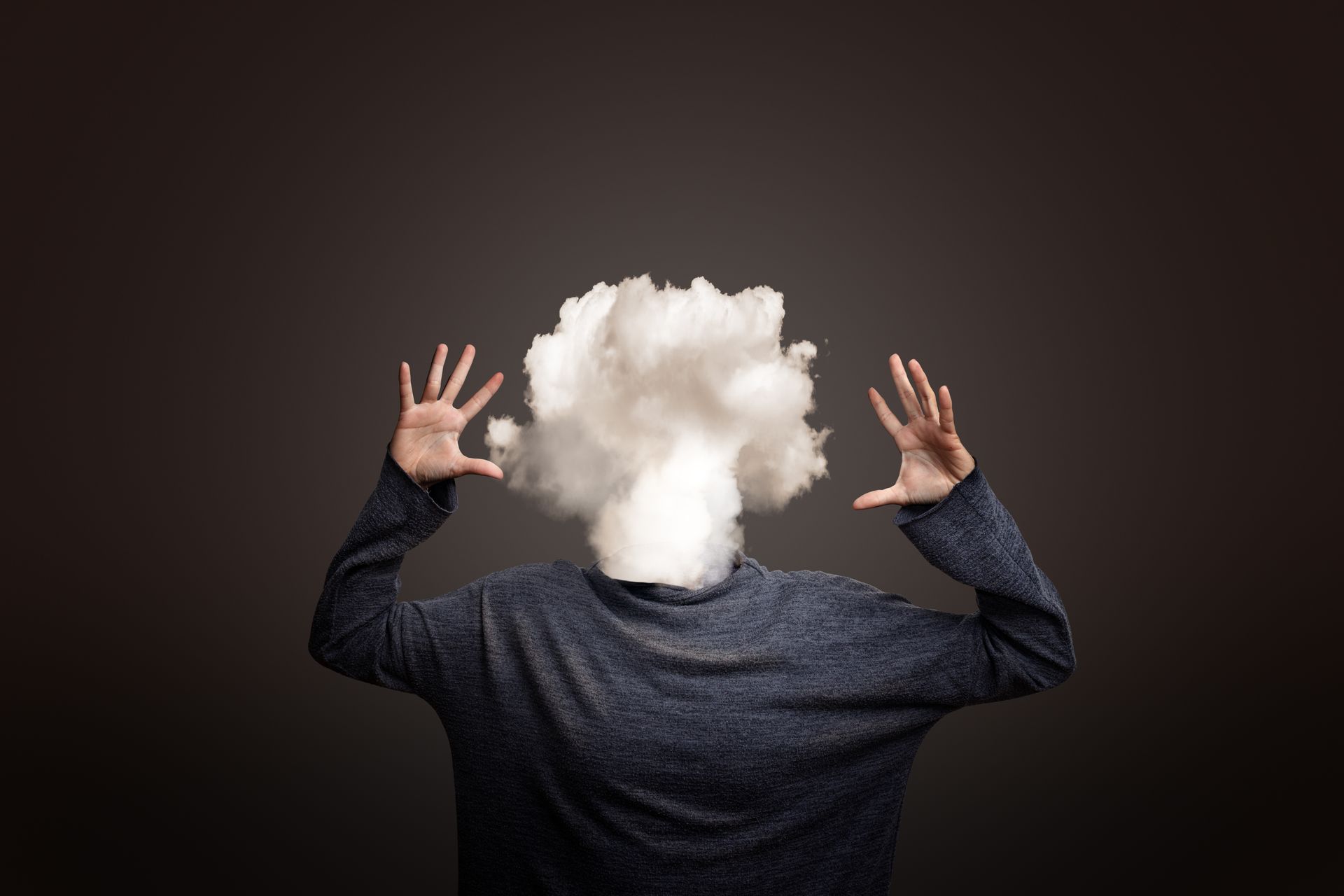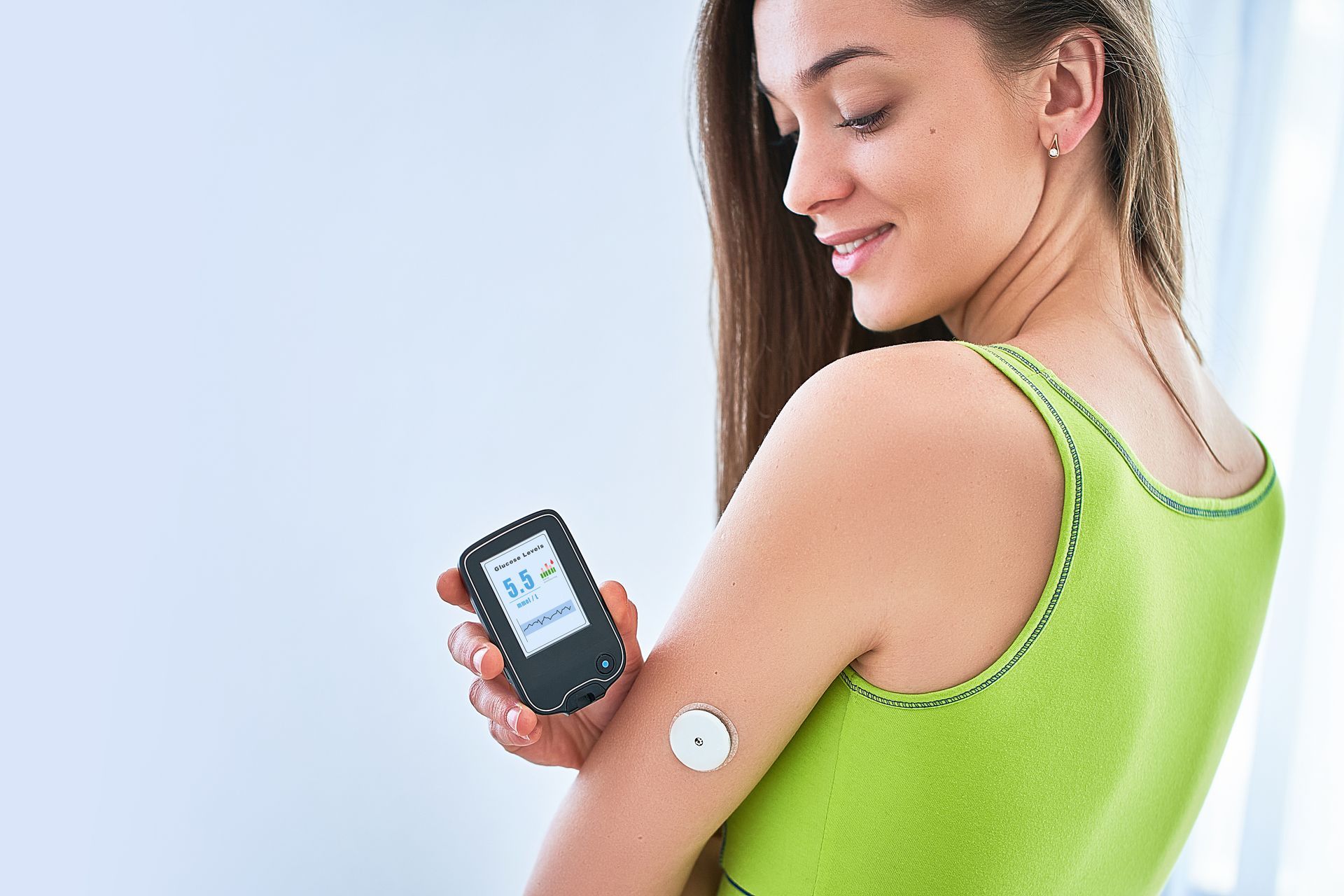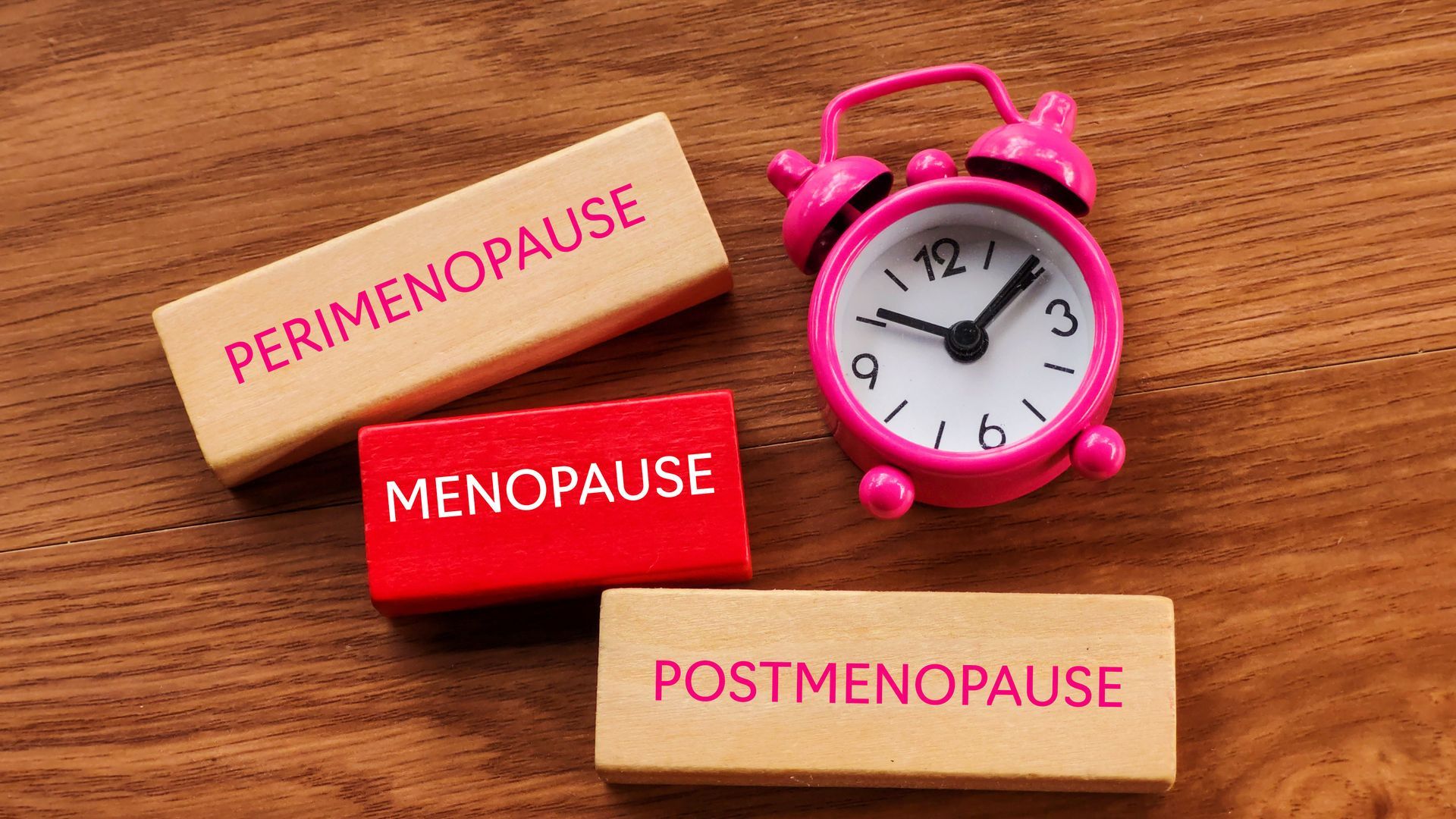Recent Posts
UV Safety Awareness

You may see a recurring theme for my blog topics so far for the year 2021, and that is that they match up with the Eye Care Observances by the World Council of Optometry. Each month there is a topic or two observed by the council and I have decided to follow these observances as my topics.
This month is no different as July is UV Safety Awareness Month. July is a month where we typically find more and more people doing things outdoors such as exercising, grilling, hanging out with friends, spending time by the pool or at the beach, etc. UV, or ultraviolet, is an invisible type of radiation that comes from the sun, tanning beds, and sun lamps. It can penetrate skin cells and change them.
Even though it’s obvious that we must protect our skin from the harmful UV rays, we must not forget about the eyes! Exposure to the rays can increase the risk of developing cataracts, macular degeneration, and growths on the eyes including cancer! When getting sunglasses, make sure to read the labels on them. They will say how much UV is blocked by them. There is UVA, UVB and UVC. A and B are of most concern and it is preferred that the lenses block 100% of UV A and B, or 99% at worst.
Do not let the “darkness” of the tint fool you! Dark does not equal UV protection. UV is a separate coating put on the lenses, and can be done on your regular, clear prescribed glasses too, not just on sunglasses. In fact, with some types of lenses the UV is automatically added, like with progressive lenses(or no-line bifocals, as they are called). Don’t assume the expensive sunglasses automatically have it either. Do your research!
Sunglasses with a little wrap on them, like the athletic type, are good for keeping the UV from entering the eyes from the sides. Wearing a hat is also helpful to protect the eyes! Some contact lenses these days also come with some UV protection, but don’t rely only on them as added protection with sunglasses is best! The UV can also get through thin clouds and haze, so protect them as well!
Try to wear sunglasses and hats at peak times, usually between 9am and 3pm, and at higher altitudes all year round, not just in the summertime! It’s also best not to ever look directly at the sun, especially during an eclipse so that you don’t end up with a solar burn on your retina, which can cause permanent eye and vision damage! Remember your kids too! Protect them the same way you would protect yourself, not with toy sunglasses!
Have a great summer(and year!).
Until next time...









